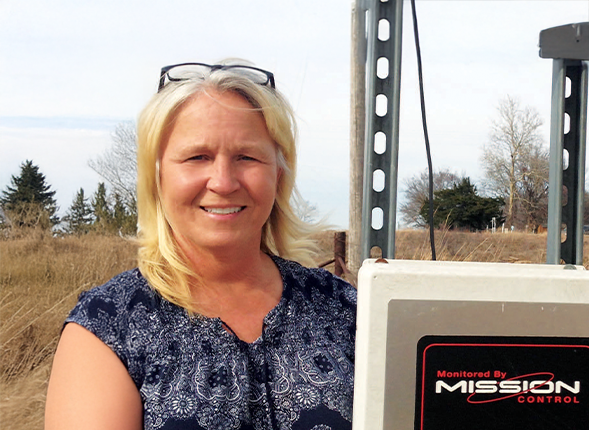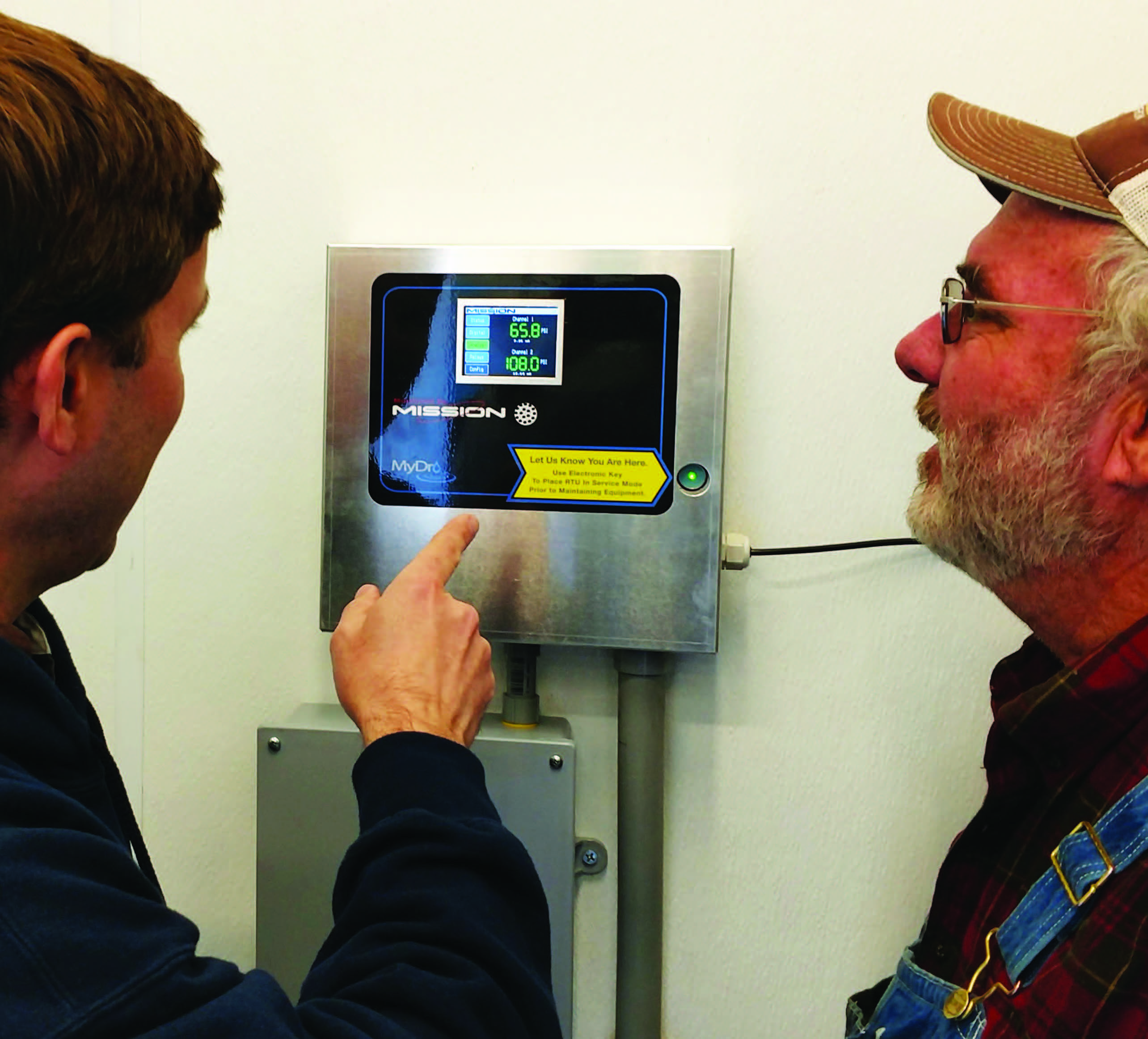
For nearly a decade, Vivian Shaw has been the backbone of Chautauqua County Rural Water District #4 (RWD4) in Kansas. As the sole operator, Shaw oversees a sprawling utility that delivers potable water across Chautauqua and Montgomery counties and the city of Longton. With approximately 275 miles of pipeline and seasonal water distribution ranging from 50,000 to 80,000 gallons annually, her responsibilities are vast—and until recently, incredibly time-consuming.
Shaw’s daily routine once involved manually reading master meters, driving over 40 miles on gravel roads, and spending hours deciphering whether spikes in water usage were due to leaks or customer demand. Leak detection was especially challenging, often requiring nighttime inspections to avoid interference from daytime water use. But then years ago, RWD4 adopted Mission remote terminal units (RTUs), and Shaw’s work life transformed.
The RTUs monitor three master meters that track water pulled from Public Wholesale #20, the district’s supplier. The system provides real-time data, accessible through the 123SCADA mobile web portal. Shaw can now detect leaks instantly, analyze flow patterns, and respond to issues without leaving her home. “With Mission, I can see what those meters are doing all day and all night,” she says. “It just makes your life a lot easier.”

The shift to smart monitoring was guided by Louis Funk, vice president and project manager at Bartlett & West Engineers. Funk, who has worked with RWD4 since its inception in the late 1990s, recommended retrofitting existing pressure-reducing valve vaults with tandem meter setters and positive displacement meters. These meters feed data to Mission RTUs via cellular communication—an ideal solution for remote areas where traditional SCADA systems are costly and impractical.
Before the RTUs, Shaw had no way to pinpoint when water was being used. Now, she can identify leaks immediately. One incident, prior to the system’s installation, involved a high-pressure pipe rupture that sent water 50 feet into the air, losing hundreds of thousands of gallons. A passerby happened to report it, but Shaw notes, “Now that I have Mission, it would have called me right away.”
Since implementing the Mission, RWD4 has maintained a water loss rate of just 5% to 7%—a remarkable achievement for a rural district with extensive pipeline infrastructure. This efficiency helps keep water prices low, benefiting both the utility and its customers.
Shaw’s endorsement of the system is unequivocal: “I would recommend that any rural water district use this system to lower their water loss.” Beyond cost savings and operational efficiency, the technology has given her something invaluable—peace of mind. “If something goes wrong, it’s going to call you and tell you right away,” she says. “You can carry on with the other stuff you need to do to operate your system.”